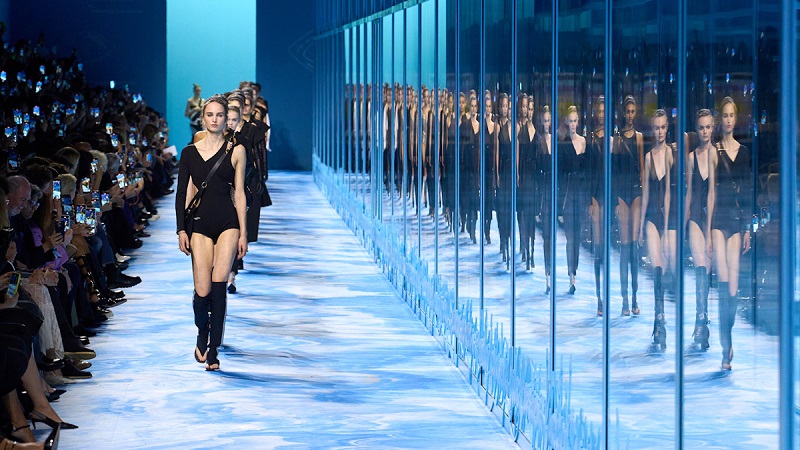
A consortium project to bring together several innovations in textile pre-treatment and coloration has been launched by the global platform for innovation Fashion for Good. Known as e D(R)YE Factory of the Future, the project accelerates a shift from wet to mostly dry processing, reducing greenhouse gas emissions by upto 89 per cent and water consumption by almost 95 per cent.
Creating a strong market pull
The project was launched in partnership with brands having extensive expertise in the textile space such as adidas, Kering, PVH Corp, Arvind Limited, and Welspun India. It aims to introduce new technologies to disrupt current processing, pre-treatment, coloration and finishing, of textiles in the fashion supply chain. “The project partners several innovators to test their innovations in pre-treatment and coloration. It brings together all industry leaders to create a strong market pull,” says Sudhakar Puvvada, Chief Operating Officer at Indigo Mill Designs
Along with the participating Fashion for Good partners and key supply chain players, the project is also joined by eight innovators including Alchemie Technologies, Deven Supercriticals, eCO2Dye, GRINP, Indigo Mill Designs, imogo, MTIX and Stony Creek Colors. These innovators will collaborate with Fashion for Good to showcase new pre-treatment and coloration solutions across five materials; cotton, polyester, blends, denim and wool. They will test technologies including plasma and laser treatments, spray dyeing, supercritical carbon dioxide (CO2) and foam dyeing.
Tier II emissions to reduce by 89%
Traditionally, Tier II activities like pre-treatment, coloration and finishing are carried out in large tanks or baths. They require large amounts of energy, heat and water, leading to a release of 52 per cent of Greenhouse Gas (GHG) emissions and large amounts of toxins into water. To remove the impact of these emissions, the industry needs to shift from wet processes - to mostly dry processes.
This will help it reduce Tier II emissions by 79-89 per cent besides slashing over 25 per cent of GHG emissions. It can also help reduce water consumption in pre-treatment by upto 83 per cent and in coloration by upto 95 per cent.
Meeting net-zero targets
The recent report “Unlocking the Trillion Dollar Fashion Decarbonisation Opportunity” by Fashion for Good and Apparel Impact Institute, helps the industry meet its net-zero ambition. It delineates the required funding and maps integral levers across existing and innovative solutions. It also identifies the potential of the shit from wet to mostly dry processing to reduce the industry’s carbon emissions by 24 per cent and accelerates its implementation.
Fashion for Good will collaborate with several partners to help facilitate the implementation of these solutions at selected manufacturers.












